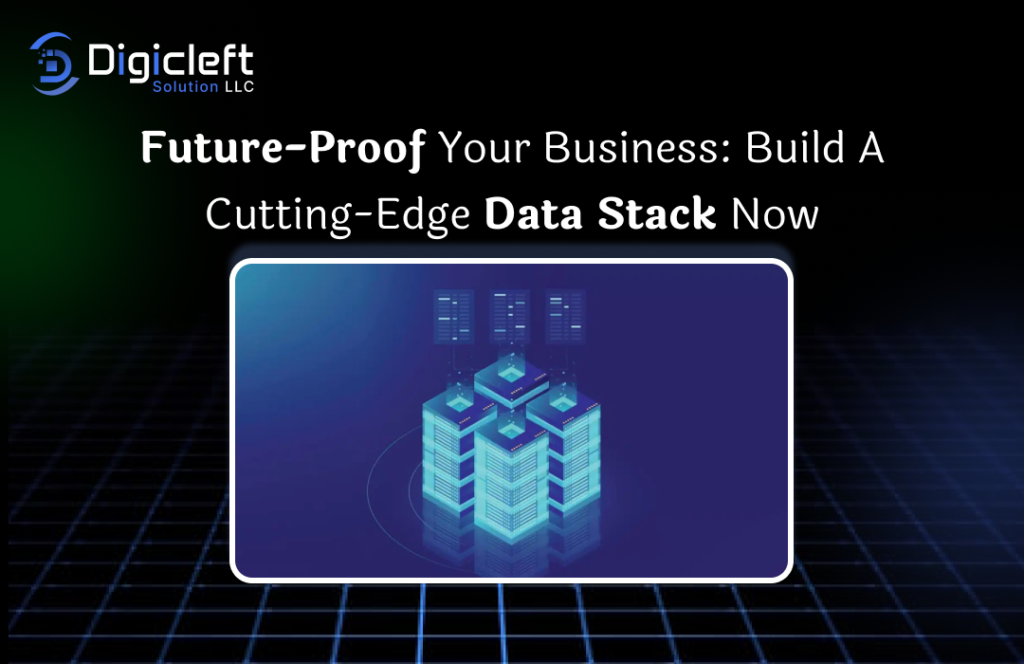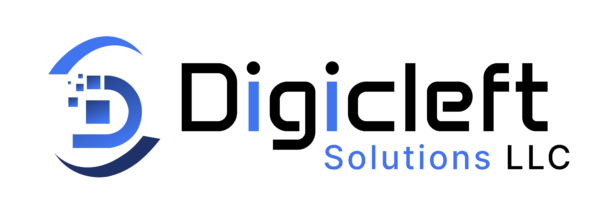
Introduction: Why Data Is Your Business Lifeline
Let’s be honest—if your business isn’t driven by data in 2025, it’s already behind. Whether you’re a startup or a legacy company, data isn’t just a resource anymore—it’s the engine. And building a modern data stack is like upgrading from a dusty old map to a GPS with real-time traffic.
What Is a Modern Data Stack?
A modern data stack is a group of cloud-native tools that enable you to collect, store, transform, analyze, and visualize data efficiently. Gone are the days of bulky, inflexible systems. Think plug-and-play tools, real-time dashboards, and pipelines that don’t choke when traffic spikes.
The Business Impact of a Strong Data Infrastructure
You don’t just build a data stack because it’s trendy. You do it because:
- It speeds up decision-making.
- It enables personalization.
- It boosts operational efficiency.
- It gives you a competitive edge.
The right data stack doesn’t just support your business—it accelerates it.
Core Components of a Cutting-Edge Data Stack
Building a solid data stack is like assembling a winning sports team. Each tool plays a position:
Data Sources
These are your CRM, ERP, social media, web analytics, and internal tools—all generating valuable insights.
Data Ingestion
Tools like Fivetran and Airbyte pull data from multiple sources and drop it into your warehouse with minimal hassle.
Data Storage
Cloud data warehouses like Snowflake, BigQuery, or Redshift act as the central brain. You want speed, scale, and security here.
Data Transformation
This is where tools like dbt shine—cleaning, structuring, and enriching raw data so it’s useful.
Data Visualization
Dashboards built in Looker, Power BI, or Tableau bring your data to life. Numbers become stories. Insights become action.

Cloud vs. On-Premises: Which Way to Go?
Spoiler alert: unless you have strict regulatory or legacy constraints, cloud wins—every time.
Why?
- Easier to scale
- Lower upfront costs
- Faster deployment
- Better integration with modern tools
On-prem might give you control, but it’ll slow you down. And in this game, speed is survival.
Choosing the Right Data Warehouse
Your data warehouse is the heart of the stack. So choose wisely.
Here’s a quick cheat sheet:
- Snowflake: Best for flexibility and cross-cloud usage
- BigQuery: Great if you’re all-in on Google Cloud
- Redshift: Strong AWS integration
- Databricks: Ideal for AI/ML workloads
Look at your current tools, team skills, and future plans before deciding.
ETL vs ELT: What’s Better for Modern Workflows?
Back in the day, ETL (Extract, Transform, Load) was the gold standard. But now, ELT (Extract, Load, Transform) is the star.
Why ELT?
- You dump raw data directly into your warehouse.
- Then you transform it using powerful tools like dbt.
- It’s faster, cheaper, and scales beautifully with cloud warehouses.
In short: transform after you load, not before.
Real-Time Data Processing: Do You Need It?
Not every business needs data by the second. But if you’re in:
- E-commerce
- Fintech
- Ride-sharing
- Logistics
Then yes—real-time is non-negotiable.
Tools like Kafka, Materialize, and Apache Flink help stream data with minimal lag. Think of it like watching the stock market live versus checking yesterday’s news.
Tools That Power the Modern Data Stack
Here’s a modern data stack setup you’ll actually want to brag about:
- Fivetran: Seamless connectors
- dbt: Transformation powerhouse
- Snowflake: Elastic warehouse
- Looker: Real-time dashboards
- Monte Carlo: Data observability
- Segment: Behavioral data tracking
These tools don’t just work—they work together, like a dream team.
Security and Compliance: Don’t Get Left Behind
With great data comes great responsibility. You must:
- Encrypt data at rest and in transit
- Use role-based access controls
- Ensure GDPR, HIPAA, or SOC2 compliance
- Log every access and anomaly
Invest in data governance tools early—don’t wait for a breach to start caring.
Cost Optimization Without Sacrificing Performance
Yes, cloud costs can spiral. But smart strategies help:
- Auto-suspend idle warehouses
- Use views over tables where possible
- Schedule transformations during off-peak hours
- Use usage monitoring tools like Metaplane or Datafold
Data is gold—but you don’t want it burning through your wallet.
Scalability: Building for the Future, Not Just Today
Your startup stack won’t cut it once you hit growth mode. Plan for:
- More users
- More data
- More use cases
Pick tools with multi-region support, autoscaling, and strong APIs. Future-proofing isn’t about being flashy—it’s about being ready.
Common Pitfalls to Avoid When Building a Data Stack
Here’s what not to do:
- Buying tools you don’t need yet
- Overengineering the first version
- Ignoring data quality
- Forgetting about documentation
- Skipping team training
Start lean. Get feedback. Iterate fast.
Case Studies: Businesses Winning With Modern Data Stacks
- Spotify uses a modern stack to personalize billions of playlists.
- Airbnb uses ELT and real-time dashboards for host management.
- Netflix optimizes content suggestions using streaming pipelines.
The takeaway? A good stack scales creativity and delivers insight fast.
Conclusion: Start Now, Win Tomorrow
Building a modern data stack isn’t about being trendy—it’s about being ready. Ready to adapt. Ready to grow. Ready to beat the competition with insights they didn’t even see coming.
Start small if you must, but start smart. Your future business self will thank you.
FAQs
1. What is the fastest way to start building a data stack?
Start with your business goals, then choose one data source, a cloud warehouse (like BigQuery or Snowflake), and a simple dashboard tool like Looker Studio.
2. How much does a modern data stack cost?
Costs vary, but cloud-native tools are pay-as-you-go. You can get started for a few hundred dollars per month and scale as needed.
3. Is it possible to build a no-code or low-code data stack?
Yes! Tools like Fivetran, Looker Studio, and Retool enable non-technical teams to work with data without writing much code.
4. Do I need a data engineer to manage a modern stack?
Not necessarily at first. But as you scale, a data engineer or analytics engineer will help you optimize, automate, and ensure quality.
5. How often should I upgrade or revisit my data stack?
Review it quarterly. Data needs evolve fast—so should your stack.
At DigiCleftSolutionsLLC.com, we help businesses like yours build powerful, future-ready data stacks that drive smarter decisions and scalable growth. Ready to transform your data strategy? Book a free consultation with our experts today!


